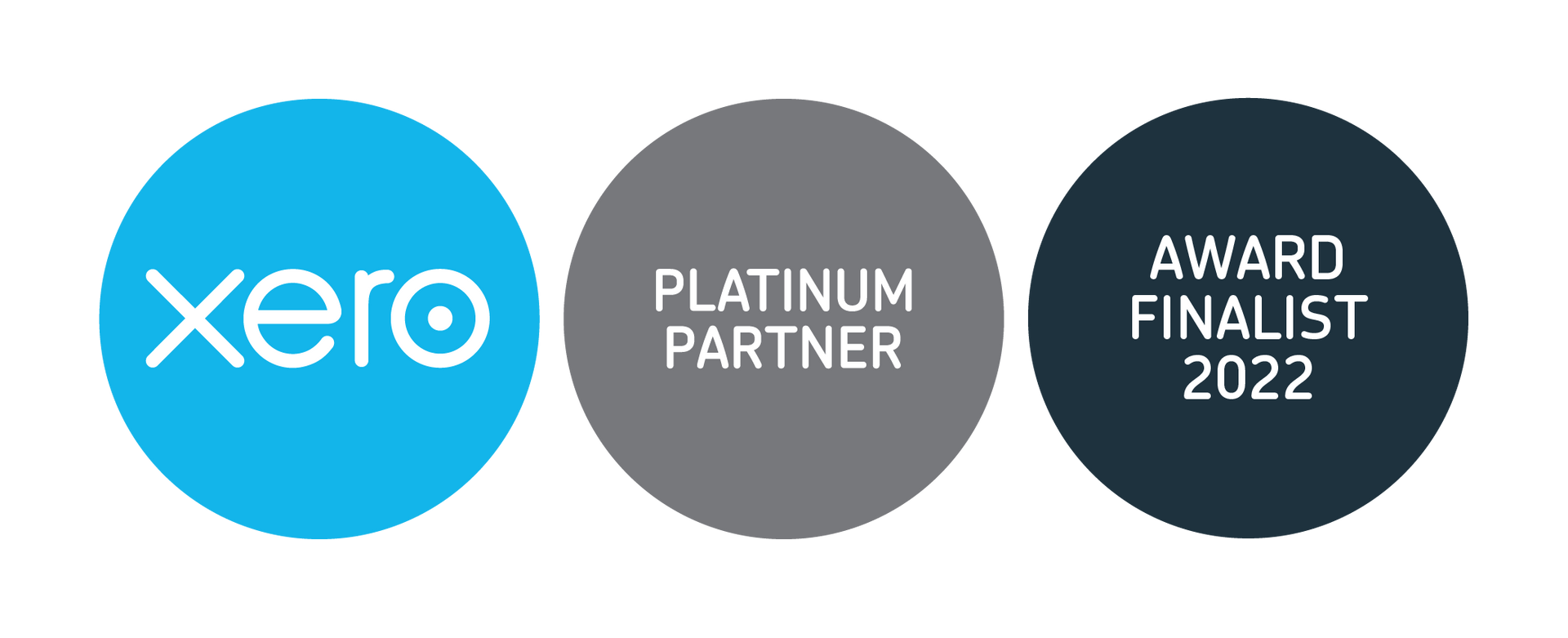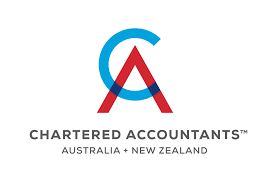
Glossary of Accounting Terms for School Boards
At Accounting For Schools, we know that there's a lot of technical terms to learn when you're first getting your head around the school's finances so we've put together this handy guide for you and your board in order to simplify some of the common accounting and financial terms you will hear.
-
Accrual Basis
An accounting and record keeping principle that recognises costs when incurred and income when earned, regardless of when the cash changes hand.
-
Accrual
A liability for goods and services received, but not yet paid for.
-
Audit
An independent examination of the school board's financial records, transactions, and internal controls by a certified public accountant (CPA) or external auditing firm to provide assurance on the accuracy and fairness of the financial statements.
-
Accumulated Depreciation Asset
The total depreciation charged to an asset since its purchase or creation. This will be the sum of the depreciation expense charge to an asset each year.
-
Balance Sheet
A balance sheet is a financial statement that provides a snapshot of your school's financial position at a specific point in time. It shows what your school owns (assets), what it owes (liabilities), and the ownership interest remaining for the school (equity). It's like a financial report card that helps you understand your school's financial health and make informed decisions about its finances.
-
Budget
A budget is a financial plan that outlines a school's expected income and expenses over a specific period, typically a year. It helps the school board allocate resources effectively by estimating how much money will be coming in and how it will be spent on various activities, programs, and projects. Essentially, a budget serves as a roadmap for financial decision-making, ensuring that your school's financial resources are managed wisely and in alignment with its goals and priorities.
-
Creditors
People or organisations which have provided goods or services to the school and who have not yet been paid, (i.e the school owes them money)
-
Equity
The value of the owner's investment in an organisation, calculated as the organisation's assets less its liabilities. For schools this represents the Crown's (Government's) investment in the school.
-
Equity Index (EQI)
Used to determine a school's level of equity funding, EQI replaces the socioeconomic decile system which was phased out from January 2023.
-
Debtors
People or organisations that have provided goods or services to the school and have not yet paid (i.e they owe the school money).
-
Deficit
When a school receives less income than it has paid in expenses, it makes a "deficit". In companies this is known as a "loss".
-
Depreciation
Depreciation is a term used to describe the decrease in value of assets over time due to factors like wear and tear, obsolescence, or usage. Let's say your school board purchases a school bus for transporting students. As the bus is used for transporting students over the years, it gradually loses value due to factors like engine wear, interior wear, and general aging. This decrease in the bus's value over time is what we refer to as depreciation. Understanding depreciation is crucial for financial planning because it affects the value of assets listed on your school's balance sheet. By accounting for depreciation, you can accurately assess the true value of your assets and make informed decisions about when to repair, replace, or dispose of them.
-
Fixed Assets
An asset with a life of greater than one year, or that is not expected to be realised within one year (e.g. a investment). Most schools set a minimum value below which items are expensed rather than recorded as fixed assets. Commonly this is $500 or $1,000.
-
Liability
An obligation that results in a payment to a third party or the loss in value of a school.
-
Operational Funding
The money the board receives from the Government to implement the goals of the school's charter and to pay for the running of the school.
-
Property Occupancy Document (POD)
A legally binding agreement between us as landlord and Board of Trustees as tenant, which lays out the terms and conditions of the Board’s occupancy of the school site and notifies the Board of its responsibilities for managing its school property.
-
Statement of Cashflows
A financial statement that shows all cash received and all cash paid by a school over a financial year.
-
Statement of Comprehensive Revenue & Expenses
A financial statement that shows the income and expenditure of a school over a financial year and whether they have made a surplus or deficit for that period.
-
Surplus
When a school receives more income than it has paid in expenses, it makes a 'surplus'. In companies this is known as a "profit".
-
Working Capital
This is the amount that a school needs to pay for its day-to-day operations. It is calculated by subtracting 'current liabilities' from 'current assets'. The amount remaining is the money available to cover short-term expenses and debts.
-
5YA
The 5-year (Property) agreement provides a Board of Trustees with a capital funding budget to use over a 5-year period as part of the 10YPP process. The funding can only be used to upgrade, modernise or replace existing property, or for fencing or landscaping.
-
10YPP
All state schools must have a 10YPP which sets out a schedule of work over a 10 year period. It will also ensure school property is well maintained to an acceptable standard and with the correct space.



